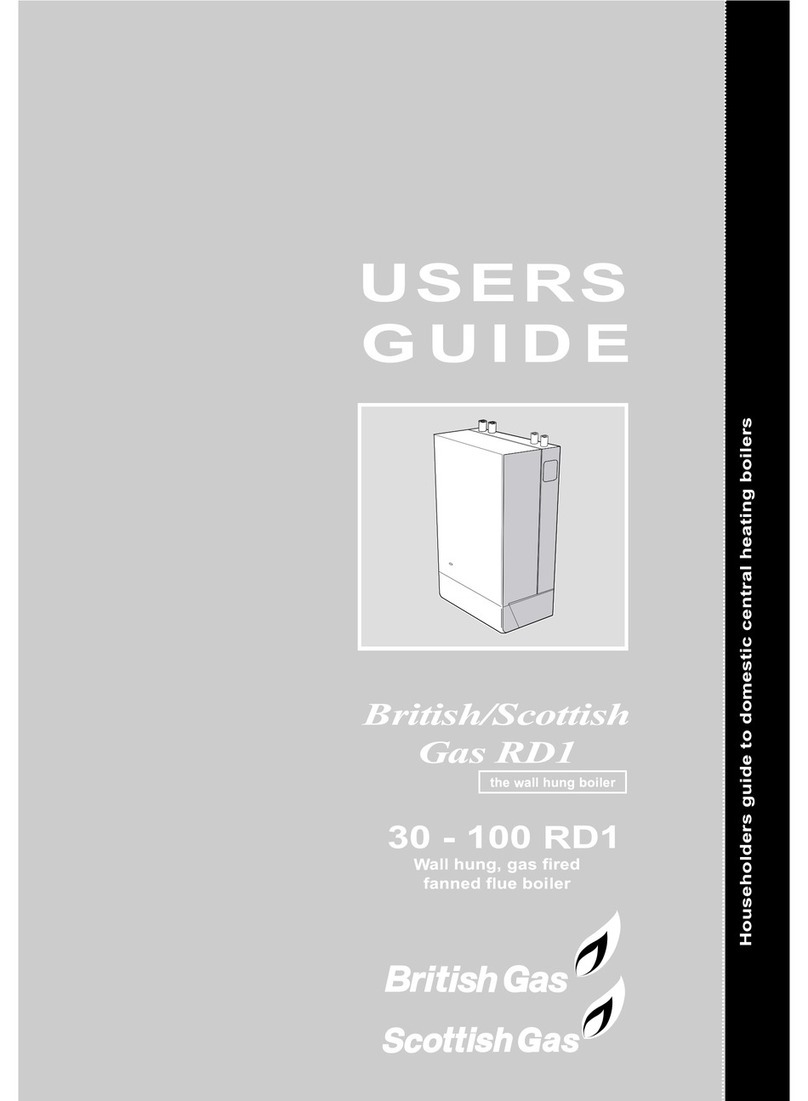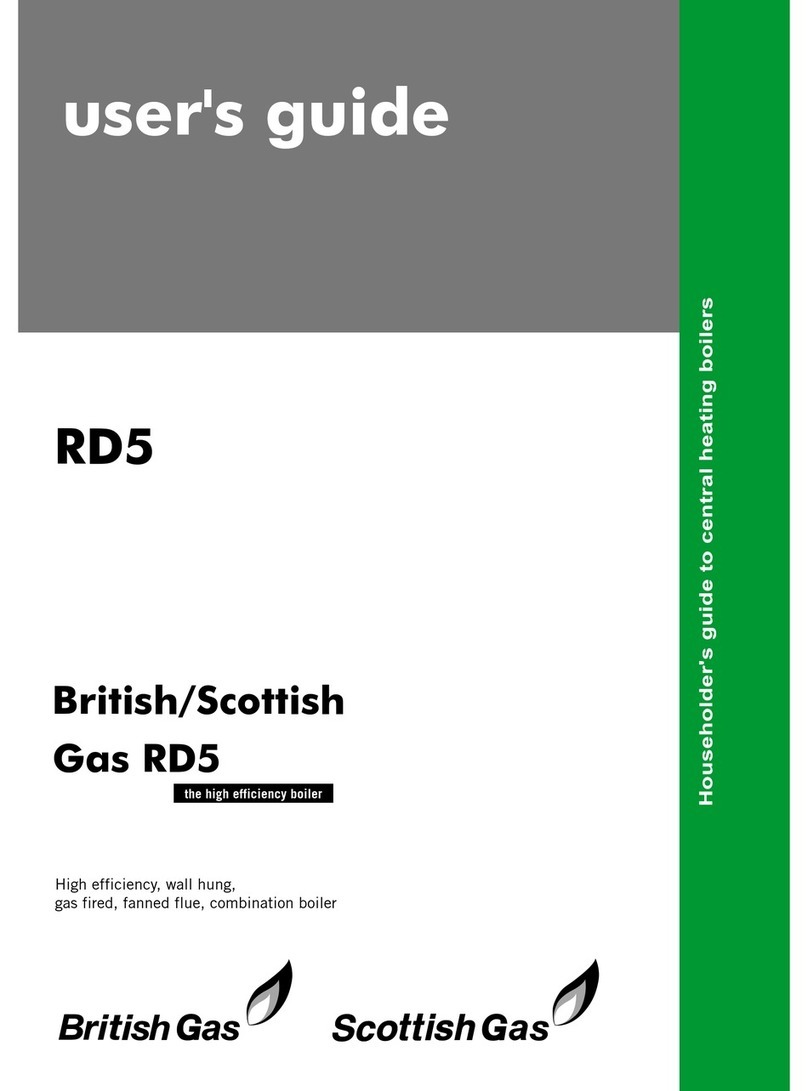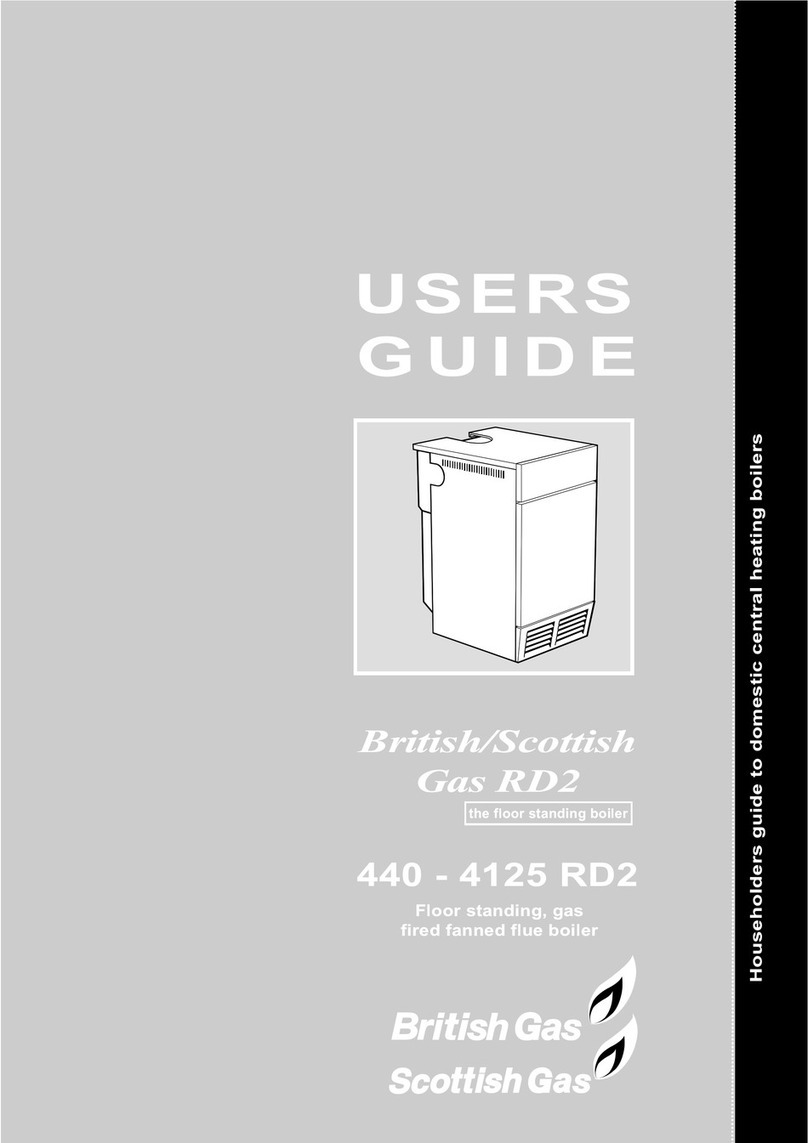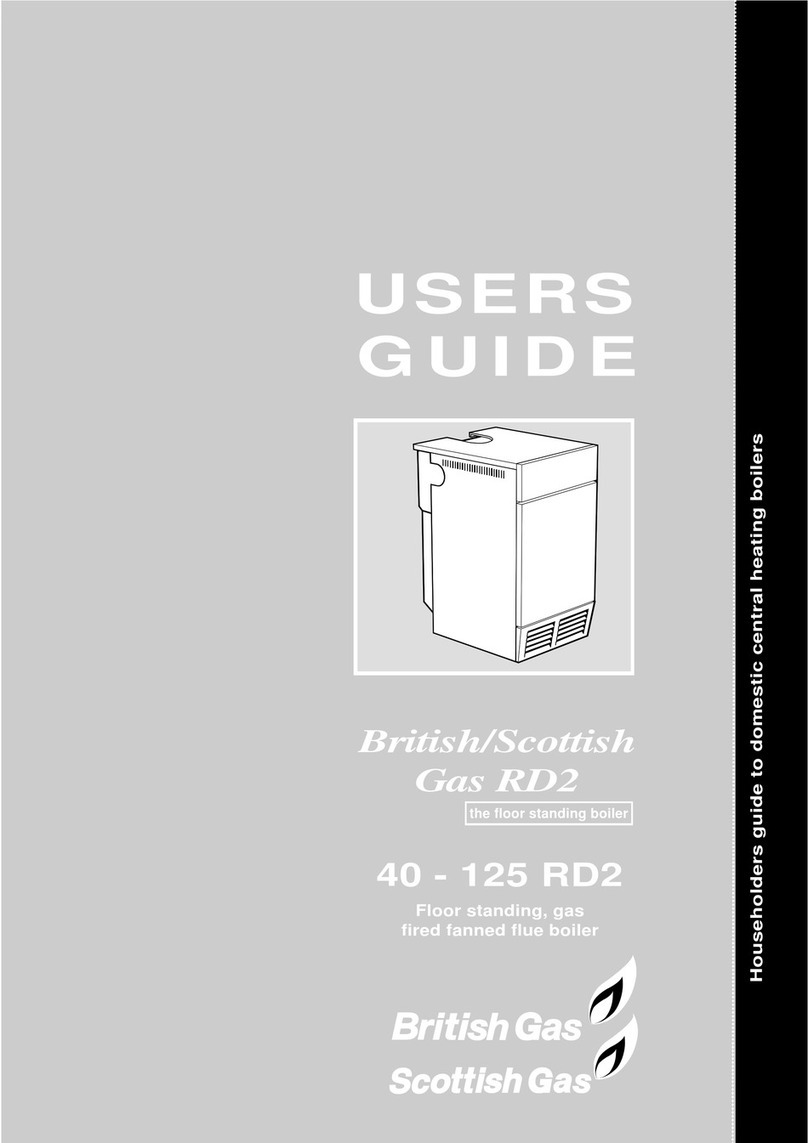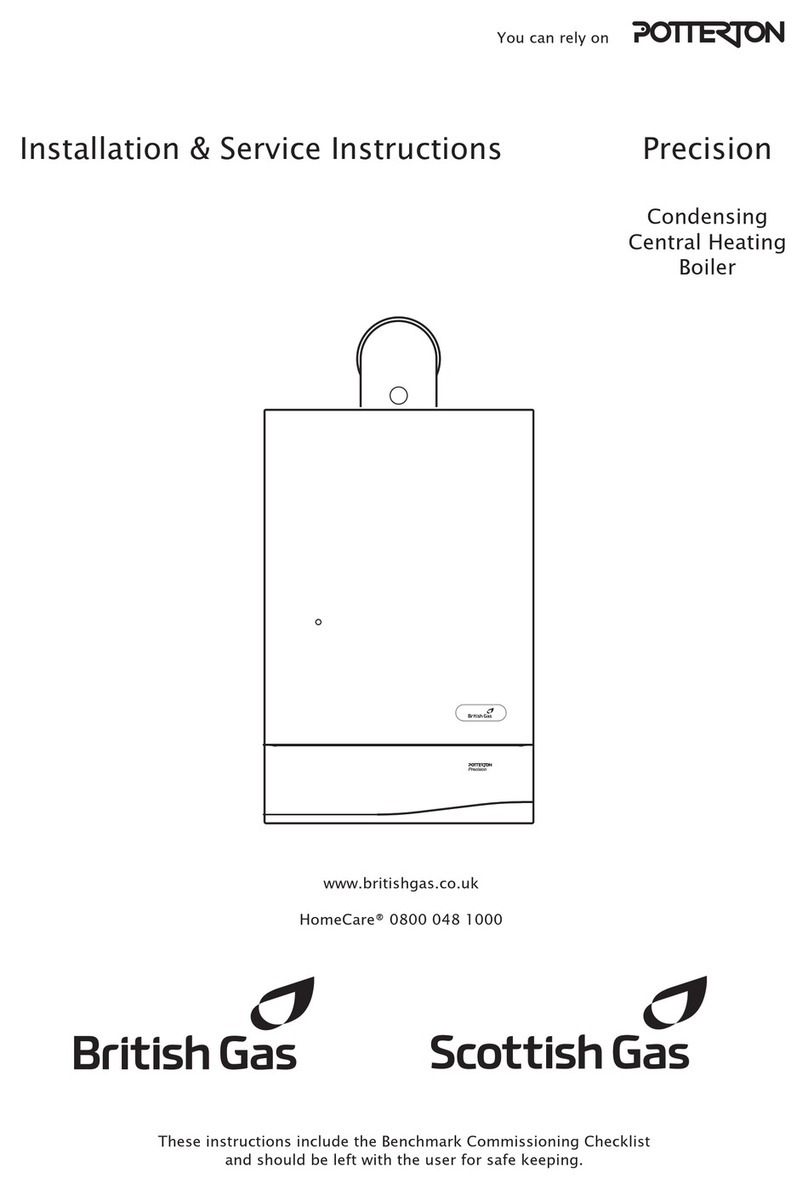6 720 610 602 GB (03.02)
2
Contents
Contents
Safety precautions 3
Symbols 3
1 Details of the appliance 4
1.1 EC Declaration of Conformity 4
1.2 Standard package 4
1.3 Description of appliance 4
1.4 Accessories 5
1.5 Casing dimensions 5
1.6 Layo t of appliance 6
1.7 F nction 7
1.8 Electrical wiring diagram 8
1.9 Technical data 9
2 Installation regulations 10
3 Installation 11
3.1 Important remarks 11
3.2 Domestic hot water 11
3.3 Sealed systems 11
3.4 Siting the appliance 12
3.5 Wall mo nting frame assembly 13
3.6 Pre-piping the system 13
3.7 Fitting the appliance 14
3.8 Checking the connections 15
3.9 Fl e Systems 15
3.9.1 Siting the Fl e Terminal 16
3.9.2 Installation of the fl e 17
3.9.3 Fl e d ct preparation and assembly 19
4 Electrical connections 20
4.1 Connecting the appliance 20
4.2 Connecting TR2 Room thermostat 21
4.3 Mains Voltage external controls connections 21
5 Commissioning 22
5.1 Commissioning 22
5.2 Switching the appliance on/off 23
5.3 Switching on the central heating 23
5.4 System controls 23
5.5 Setting the domestic hot water
temperat re and flow rate 24
5.5.1 Domestic hot water temperat re 24
5.5.2 Hot water flow rate 24
5.6 S mmer mode (hot water only) 24
5.7 Frost protection 24
5.8 P mp anti-seize f nction 24
5.9 Fa lt Condition 25
6 ext Display 26
6.1 General Description 26
6.2 Programming 26
6.2.1 Deleting a setting 27
6.2.2 Resetting all parameters to their
original settings 27
6.3 Men str ct re 27
6.4 Setting the time/day 28
6.4.1 Setting the time and day 28
6.4.2 Holidays 28
6.5 Heating 28
6.5.1 Heating programme 28
6.5.2 Setting the Economy temperat re
(if TR2 is connected) 28
6.5.3 Man al operating mode
(if TR2 is not connected) 29
6.6 Hot water 29
6.6.1 Hot water programme 29
6.6.2 Hot water immediately 29
6.7 i Info 29
6.8 Settings 30
6.8.1 Heating (if TR 2 is connected) 30
6.8.2 Hot Water (Storage Tank,
ZSBR models only) 30
6.8.3 Service 30
6.9 Individ al timer programmes 30
7 Individual settings 31
7.1 Mechanical settings 31
7.1.1 Checking the size of the expansion vessel 31
7.1.2 Setting the central heating flow temperat re 31
7.2 Settings on the Bosch Heatronic 31
7.2.1 General description 31
7.2.2 Setting the anti-cycle time
(Service F nction 2.4) 32
7.2.3 Setting the maxim m CH flow temperat re
(Service F nction 2.5) 32
7.2.4 Setting the heating o tp t
(Service F nction 5.0) 32
7.2.5 Constant hot water cycle time
(Service F nction 6.8) 32
7.2.6 Variable p mp settings
(Service F nction 7.0) 32
7.3 Setting the gas/air ratio 32
8 Converting the appliance to different
gas types 33
8.1 Setting the gas/air ratio 33
8.2 Testing comb stion air/fl e gas at set
heat o tp t 35
8.2.1 Testing the O
2
or CO
2
level
in the comb stion air 35
8.2.2 Testing CO and CO
2
35
9 Maintenance 36
9.1 Pre-Service Check List 37
9.2 Description of servicing operations 38
9.3 Replacement of Parts 41
9.3.1 PCB control board and transformer 41
9.3.2 Fan Assembly 42
9.3.3 P mp 42
9.3.4 3-way diverter valve 43
9.3.5 3-way diverter valve motor 43
9.3.6 Sensors 43
9.3.7 Gas Valve 44
9.3.8 Domestic Hot Water Heat Exchanger 44
9.3.9 Electrode assembly 44
9.3.10Press re ga ge 44
9.3.11Expansion vessel 44
9.3.12Press re Relief Valve 44
9.3.13B rner 44
9.3.14Flow switch 45
9.3.15Primary Heat Exchanger 45
10 Appendix 46
10.1 Fa lt Codes 46
10.2 Short parts list 47
10.3 Heating/hot water o tp t settings
ZWBR 8-30 N.G. 48
10.4 Heating/hot water o tp t settings
ZWBR 11-30 L.P.G 48
10.5 Heating/hot water o tp t settings
ZWBR 11-37 N.G. 48
10.6 Heating/hot water o tp t settings
ZWBR 14-37 L.P.G 48
10.7 Operational Flow diagrams 49
10.7.1Domestic hot water f nction 49
10.7.2Central heating f nction 50
